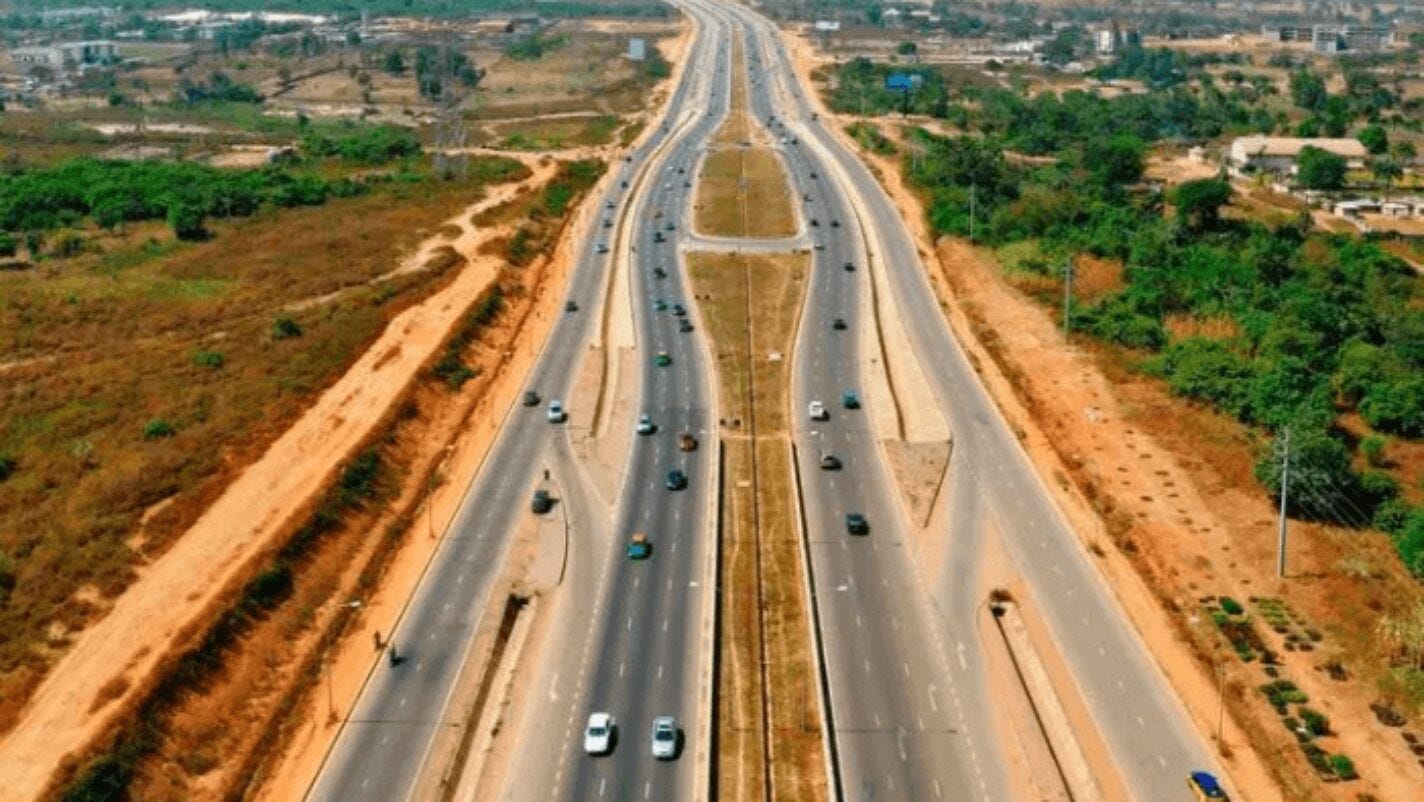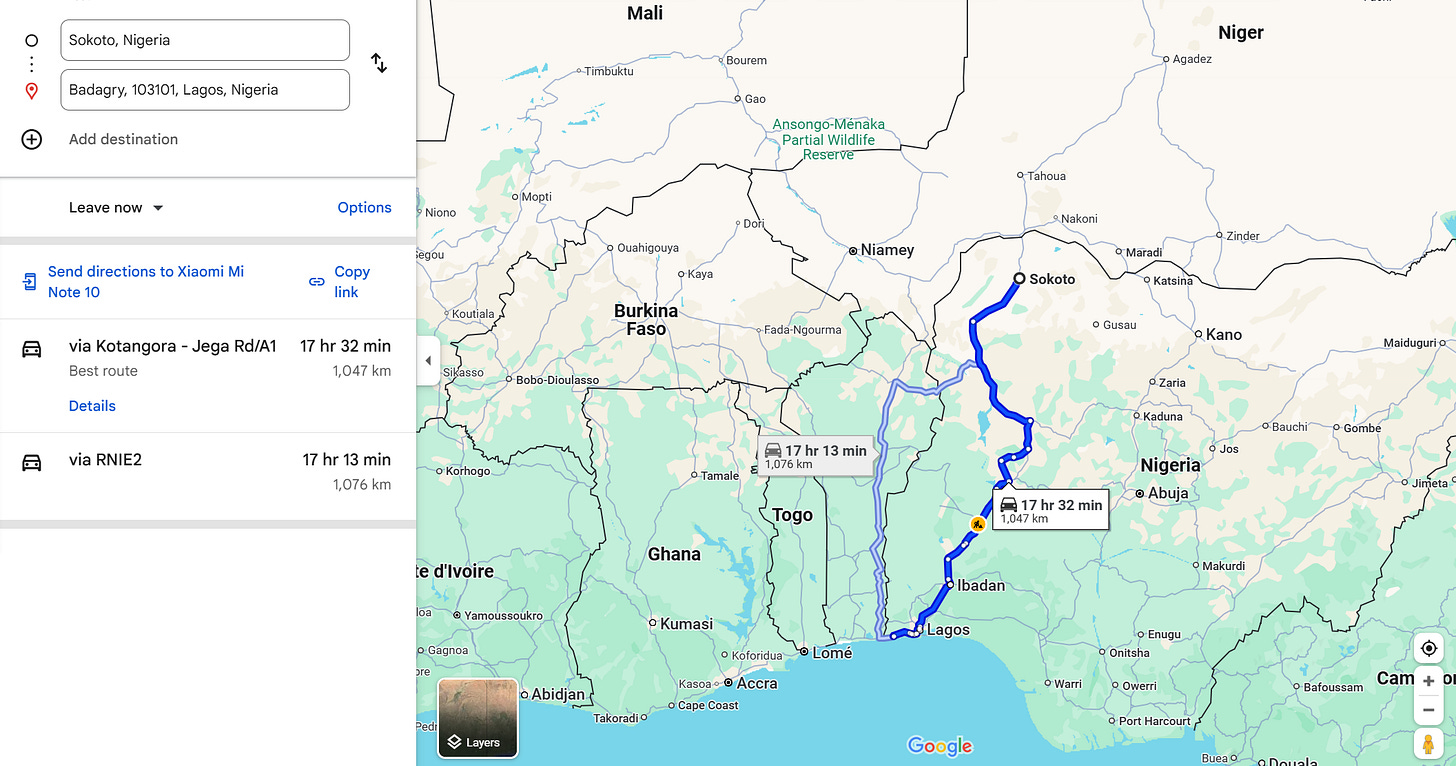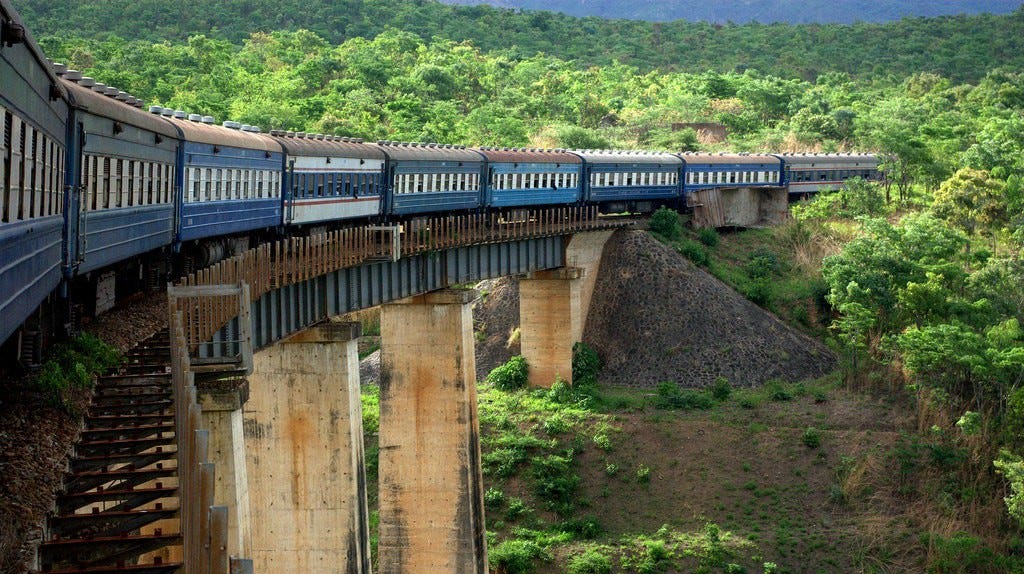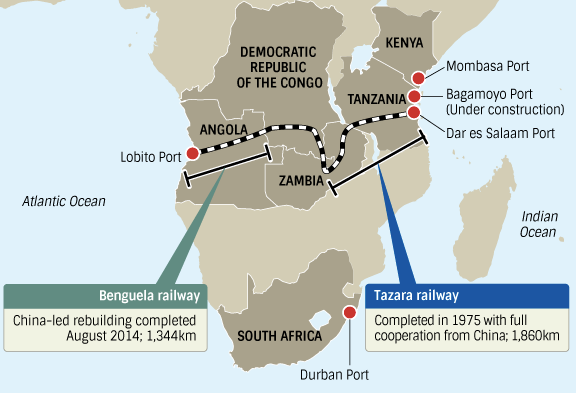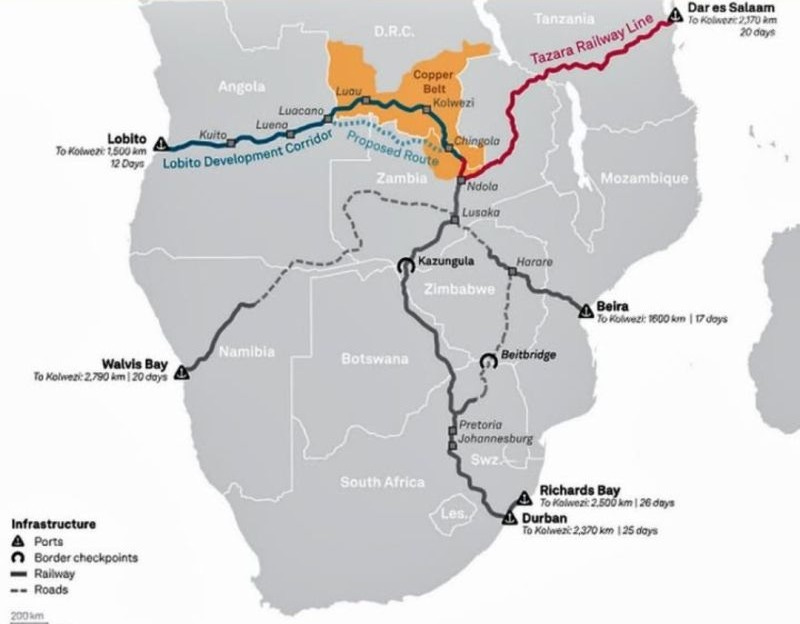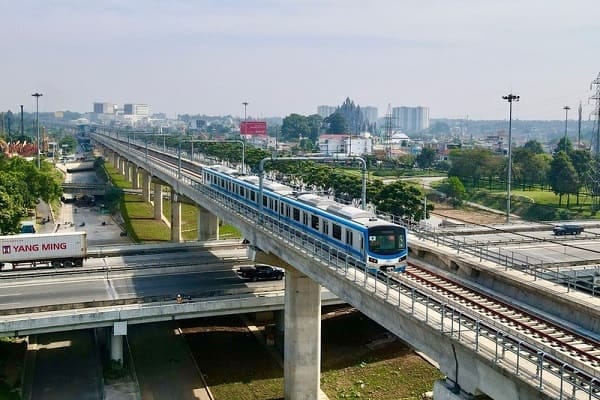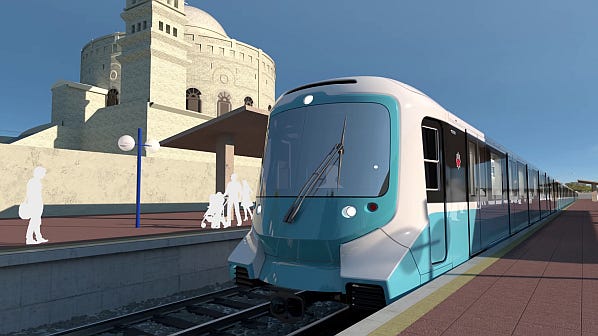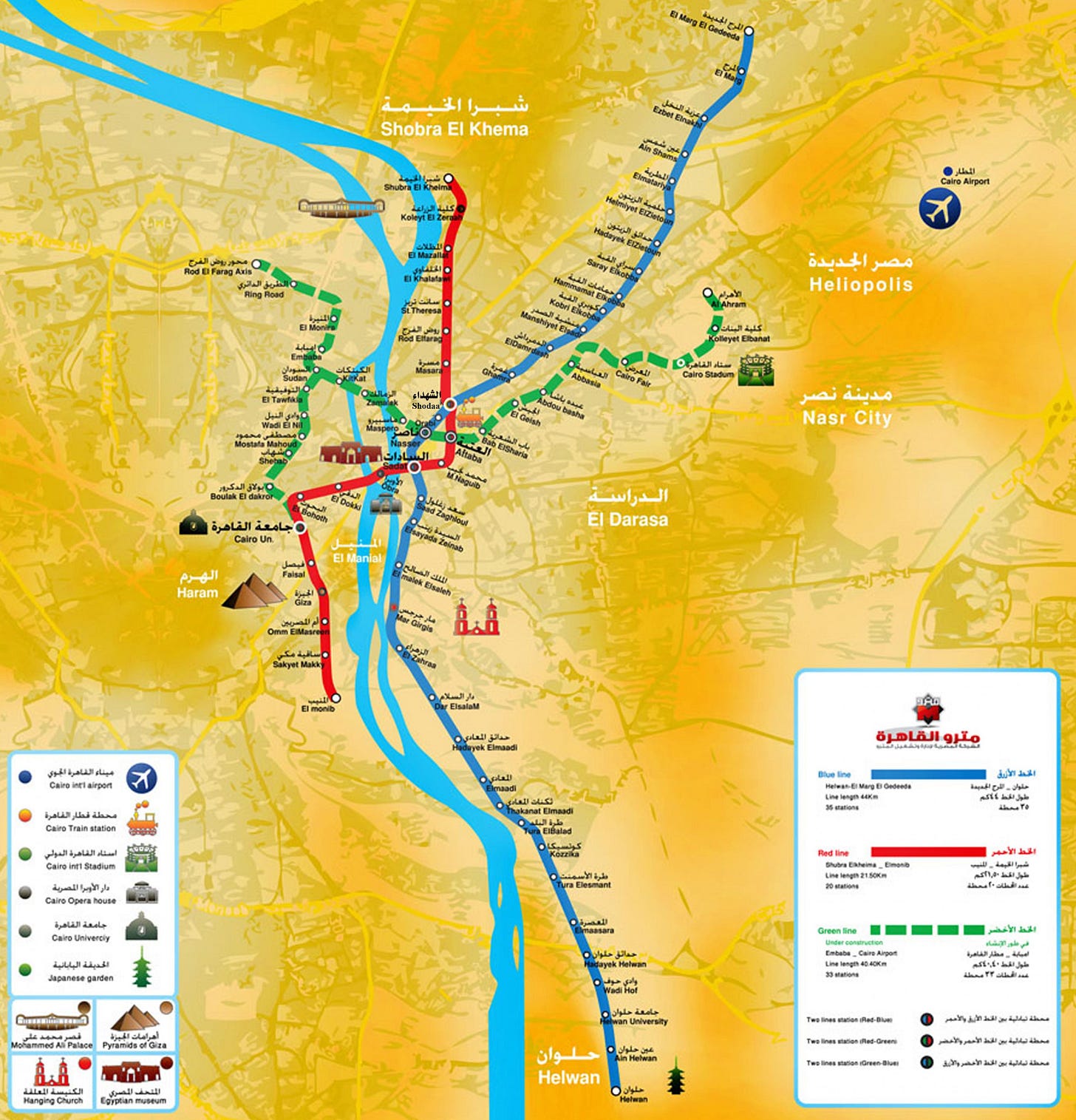Nkrumah's Infrastructure Journal - Week 6
Your weekly continental infrastructure update with three projects being presented for your increased optimism for the African continent and to show the speedy rate of productive physical development.
Project 1.
Name: Sokoto-Badagry Superhighway
Where: Nigeria
Type: 6-lane Superhighway
Length: Section 1 - 120km or 1000km Total
Cost: Section 1 - $7.9 billion USD
Contractor: Hitech (Nigeria)
Construction start: 24th, October, 2024
Construction end: ?
Significance:
This Superhighway road project breaks a 48-year jinx as it had initially been conceived during the former President Shehu Shagari administration.
The 1,068-kilometer Sokoto-Badagry Superhighway project will serve as a Trade, Transport, and Security (TTS) Greenfield corridor. This road section will feature a total of six lanes, three on each side and will be separated by landscaped medians. Additionally, the road will be built with rigid concrete concrete pavement in order to enhance the road’s durability and long-term value.
This road is expected facilitate quick access, and also strengthen the existing border settlements allowing citizens to quickly pass through multiple states namely: Sokoto, Kebbi, Niger, Kwara, Oyo, Ogun, and eventually end in Lagos. The highway will cut transportation costs, boost trade, enhancing connectivity, improve efficiency and economies of scale.
According to the Minister of Works David Umahi, Hitech was chosen for the implementation of the section of this road section. The company was selected due to its ability to meet deadlines and specifications supported by cutting edge equipment and skilled manpower. The other projects Hitech are working on in Nigeria include Apapa-Oshodi Expressway in Lagos and they are also currently working on the Lagos-Calabar Coastal Highway project.
“The selection of the choice of the rigid pavement (the concrete in its design and construction) is informed by its longevity” - “As for that of Hitech, is premised by the company’s capacity to deliver basing on specifications and as scheduled due to the availability of cutting-edge equipment and skilled expertise.” - “Hitech has delivered similar work on the Apapa-Oshodi Expressway in Lagos. Moreover, it is also doing the same good work on Lagos-Calabar Coastal Highway project,”
- Minister of Works David Umahi
Project 2.
Name: TAZARA - Tanzania-Zambia Railway Rehabilitation Project
Where: Tanzania + Zambia
Type: Trainline
Length: 1,860 km
Cost: $1.4 billion USD
Contractor: China Civil Engineering Construction Corporation (CCECC)
Construction start: 2025
Construction end: 2028
Significance:
The TAZARA Railway, is a single-track railway in East Africa linking the port of Dar es Salaam in east Tanzania with the town of Kapiri Mposhi in Zambia's Central Province. Originally built between 1970 and 1975 as a turnkey project financed and supported by China and was a show of China's support for newly independent African countries which gave rise to TAZARA's designation as the "Great Uhuru Railway", Uhuru being the Swahili word for freedom!
This railway links the copper mines of Zambia to the largest port in Tanzania and is a very crucial route for copper exports coming from Central Africa. Additionally, the railway is an alternative route for bypassing the logistics bottlenecks that often exist in South Africa and tend to delay shipment of minerals.
The main goal is to revamp the Tanzania-Zambia Railway Authority (TAZARA) to enhance regional connectivity and boost economic development.
$1 billion USD of the CCECC investment is to be used for the aging infrastructure, such as rail tracks, bridges, and tunnels while the remaining $400 million USD of funds will be used to purchase new locomotives and wagons to increase capacity. 32 new locomotives and 762 wagons will be acquired to be exact.
The goal is to increase the annual tonnage from the current combined average of 500,000 metric tons for all operators, to approximately 2 million metric tons annually.
The deal is structured as a 30-year concession though the negotiations are currently still taking place. The concession will be structured into three years of construction work and 27 years of operation and maintenance.
This marks the most significant upgrade to the TAZARA since its construction and comes at a time when the United States is supporting a competing corridor (albeit not very successfully so far), for minerals, the Lobito Corridor. Lobito Corridor stretches from Lobito port in Angola, all the way to the Copperbelt region in Zambia.
Project 3.
Name: Cairo’s Metro line 1
Where: Cairo, Egypt
Type: Metro Rail
Length: 44km + 35 stations
Cost: $800 million USD + European Bank for Reconstruction and Development - the European Investment Bank - L’Agence française de développement
Contractor: Orascom Construction (Egypt) + Bouygues - Colas Rail (FR) + Hitachi (JP)
Construction start: 2025
Construction end: 2030
Significance:
The line was the first metro in Africa and the Middle East when it was completed in 1987 and represents the main artery of the city’s mass transit system. It is known as “the French Line”, for it was financed by the French government and built by a consortium of seven French companies together with Cairo-based Arab Contractors.
The new deal will involve renewing the electrical and control systems for the entire track and 35 stations. The aim is to make the line more efficient and to increase its daily capacity. Colas and Orascom will modernize the supply of electricity used to power the trains, along with related civil works, while Hitachi Rail will handle the signaling, control and telecoms infrastructure. French train-maker Alstom had already secured a $1bn contract to upgrade the rolling stock on the line, in 2021.
Orascom, which owns 35% of the contract, commented that it had a history of working on the Cairo metro going back to the 1980s, and that more recently, it had worked on Line 4 of the system as well as a regional metro in Alexandria. The company already has a long standing relationship with both Colas Rail and Hitachi, due to both having worked extensively in the Egyptian construction market.




